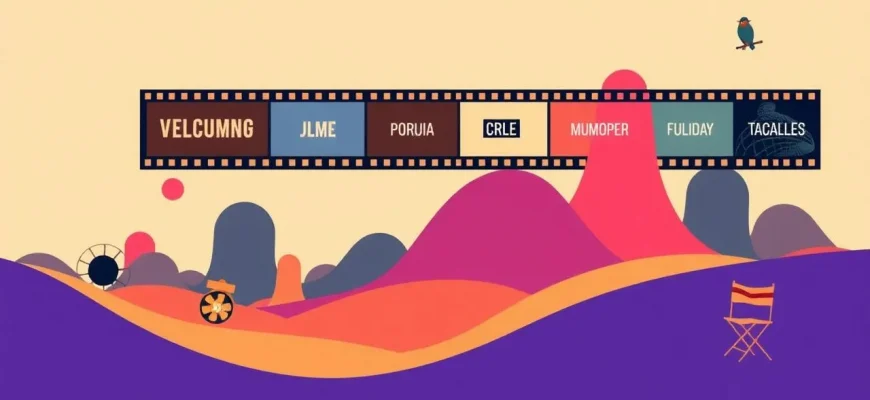Welcome to a cinematic journey where the bizarre becomes the norm, and the line between reality and fantasy blurs. This collection of the wildest and craziest films is not for the faint-hearted or those who prefer their movies straightforward. Here, you'll find films that challenge perceptions, push boundaries, and sometimes leave you questioning your own sanity. Whether it's through surreal visuals, outlandish plots, or sheer audacity, these films have earned their place in the annals of cinematic madness.
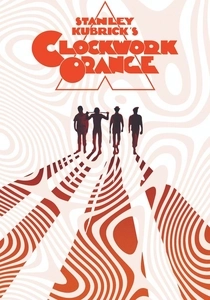
A Clockwork Orange (1971)
Description: Stanley Kubrick's adaptation of Anthony Burgess's novel is a dystopian vision of violence, free will, and the consequences of conditioning. Its mix of ultra-violence and classical music creates a uniquely disturbing experience.
Fact: Kubrick withdrew the film from UK cinemas after receiving death threats, and it was not re-released until after his death.
 Watch Now
Watch Now 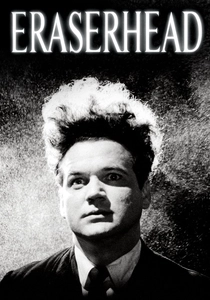
Eraserhead (1977)
Description: David Lynch's debut feature is a surreal nightmare of industrial decay, sexual frustration, and existential dread. It's a film that defies explanation, leaving viewers both horrified and mesmerized.
Fact: The film took five years to make, with Lynch living in the studio to save money, and it was shot in black and white to hide the low budget.
 Watch Now
Watch Now 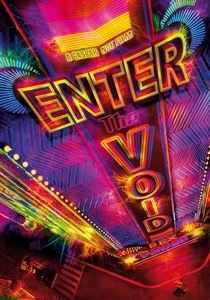
Enter the Void (2009)
Description: Gaspar Noé's film follows a young drug dealer in Tokyo after his death, exploring themes of life, death, and reincarnation through a kaleidoscopic visual journey.
Fact: The film uses a first-person perspective for most of its runtime, which was achieved through complex camera work and digital effects.
 Watch Now
Watch Now 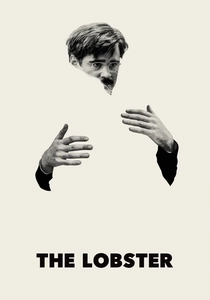
The Lobster (2015)
Description: Yorgos Lanthimos's dark comedy is set in a world where single people must find a romantic partner within 45 days or be transformed into animals. Its absurd premise and deadpan delivery make it a standout.
Fact: The film was shot in Ireland, and the cast had to learn to speak in a monotone voice to fit the film's unique style.
 Watch Now
Watch Now 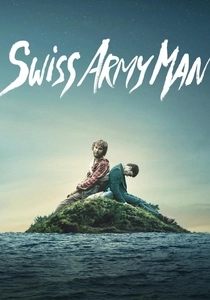
Swiss Army Man (2016)
Description: This film by Daniels (Daniel Kwan and Daniel Scheinert) features a man stranded on a deserted island who befriends a corpse with magical powers. It's both absurdly funny and deeply philosophical.
Fact: The film was initially rejected by many studios for its unconventional plot, but it eventually found its audience.
 Watch Now
Watch Now 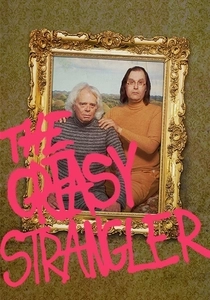
The Greasy Strangler (2016)
Description: Directed by Jim Hosking, this film is a grotesque comedy about a father and son running a disco walking tour, with one of them turning into a killer covered in grease. It's a film that revels in its own bad taste.
Fact: The film was shot in 18 days, and the director insisted on using practical effects for the greasy strangler's look, which included real grease.
 Watch Now
Watch Now 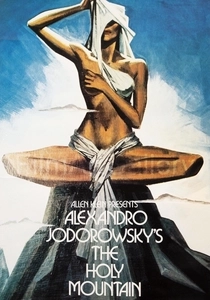
The Holy Mountain (1973)
Description: Alejandro Jodorowsky's masterpiece is a psychedelic trip through allegory, mysticism, and outright weirdness. It's a film where every frame is a painting, and every scene is a bizarre ritual.
Fact: The film was financed by John Lennon and Yoko Ono, and it was banned in several countries for its controversial content.
 30 Days Free
30 Days Free 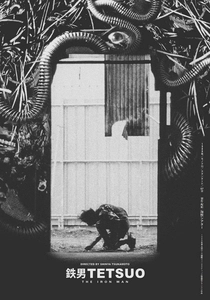
Tetsuo: The Iron Man (1989)
Description: Shinya Tsukamoto's cyberpunk horror film is a frenetic, industrial nightmare where a man transforms into a metal monster. It's a visceral exploration of body horror and industrial decay.
Fact: The film was shot in just 10 days, and most of the special effects were done practically with metal and wires.
 30 Days Free
30 Days Free 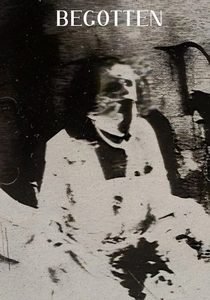
Begotten (1990)
Description: E. Elias Merhige's experimental film is a silent, black-and-white exploration of creation and destruction, using stark imagery to convey a primal, almost ritualistic narrative.
Fact: The film was shot on a budget of $33,000, and its visual style was inspired by the works of Francis Bacon and Hieronymus Bosch.
 30 Days Free
30 Days Free 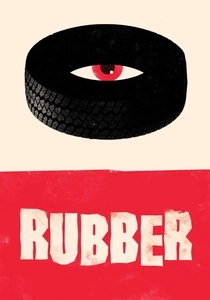
Rubber (2010)
Description: Quentin Dupieux's film about a sentient tire that goes on a killing spree is as bizarre as it sounds. It's a meta-commentary on film tropes and audience expectations.
Fact: The film opens with a scene where the director explains to the audience that there is no reason for what follows, setting the tone for its absurdity.
 30 Days Free
30 Days Free 
